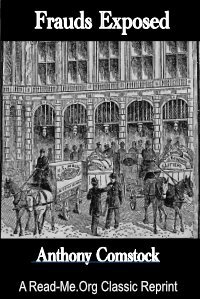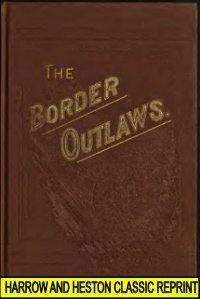By David Howarth
From the opening passage: “At ten to six in the morning of the 21st of October 1805, off Cape Trafalgar in the south of Spain, Napoleon's French and Spanish fleet was sighted against the dawn sky, and men in the British fleet who were not on watch swarmed up on deck to look.
It was a beautiful autumn morning, clear under a hazy sky, with a breeze from the west-north-west so light that the sea was scarcely ruffled. The British ships, in line ahead, were sailing slowly north, and rolling in a long Atlantic swell. Some had names that were famous already, and some became famous that day: Victory, Royal Sovereign, Temeraire, Dread- nought, Revenge, Colossus, Ajax, Euryalus, Bellerophon - twenty-seven sail of the line in al, and four frigates. But they were a sight so familiar that nobody spared them a glance, except the officers of the watch on each of the quarterdecks, whose duty was to keep their own ship in station. Everyone else watched the lightening horizon. For more than two years of tedious patrol, summer and winter, blockading Napoleon's ports, the horizon at every dawn had been empty. Now, in eager anticipation, they counted the distant enemy sail: twenty, twenty-five, thirty - thirty-three of them, and frigates among them, a column five miles long, standing south for the Strait of Gibraltar.
There were seventeen thousand men in the British fleet….”
London. Collins. 1969. 165p. USED BOOK. MAY CONTAIN MARK-UP.





















